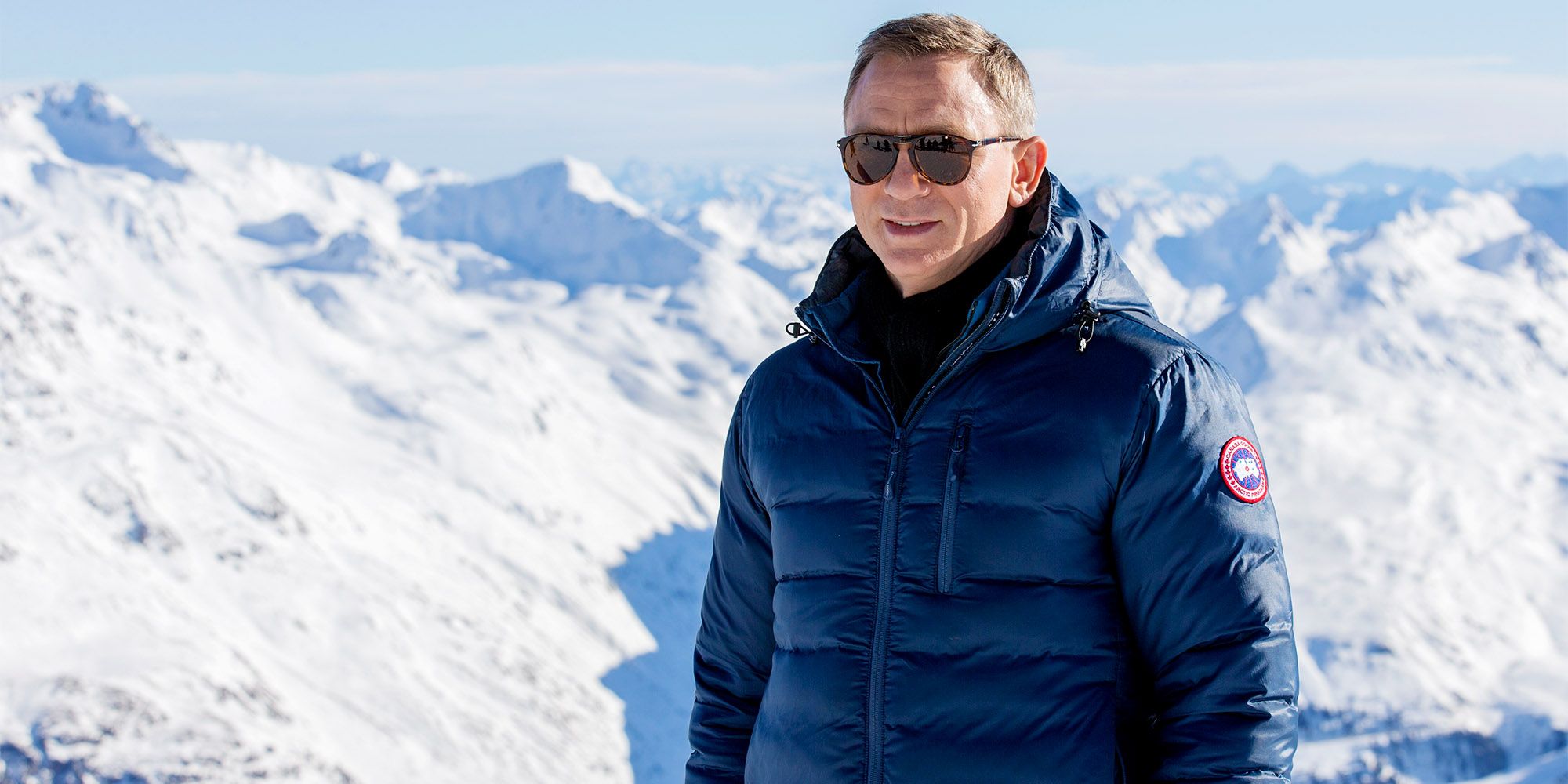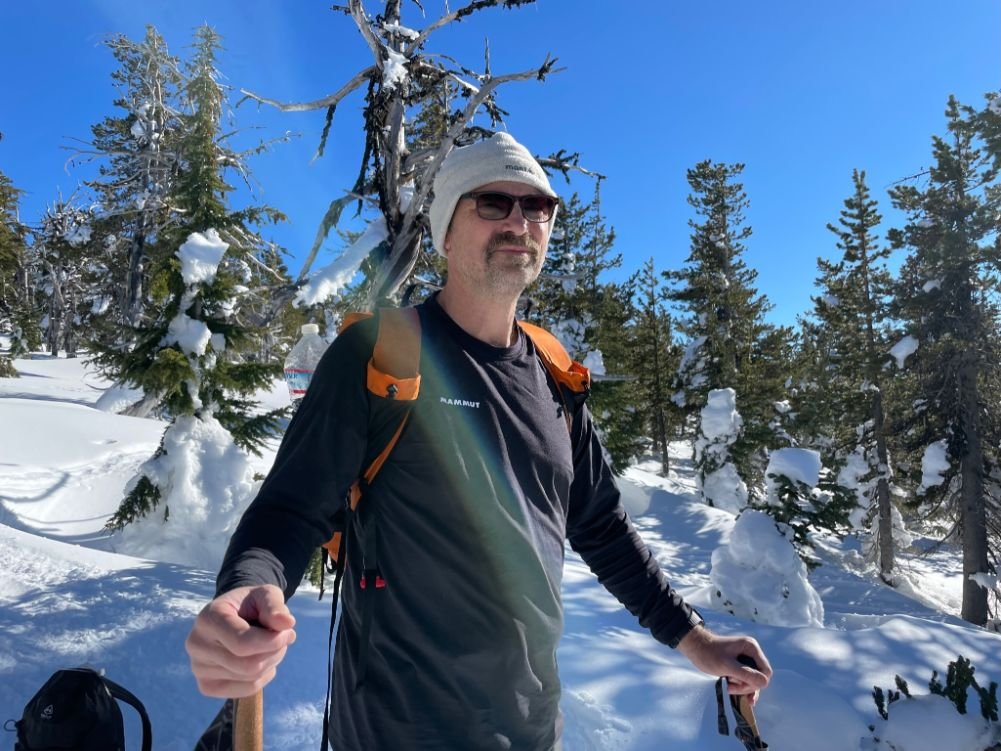New Tips On Selecting Merino Wool Base Layers For Hiking
Wiki Article
What Merino Sheep Breeds Do You Know About What Distinguishes Them In Their Distinct Traits And Qualities?
There are many Merino breeds of sheep, each with their own characteristics and unique qualities. Here are a few of the most common Merino breeds, and how they differ Spanish Merino- The Spanish Merino is among the most ancient breeds of Merino sheep and is known for its fine wool and its high yield. This breed is adaptable to a variety of conditions and also is resistant to illnesses.
American Merino- American Merino is a Merino breed that was created in the United States in 1921. It is famous for its silky wool and durability. This breed is able to endure a variety of common sheep diseases and is suited to cold climates.
Saxon Merino-The Saxon Merino Merino is a fine-boned Merino sheep breed, famous for its fine and soft wool. The breed is generally smaller than the other Merino breeds, and it is well-suited for hot and dry environments.
Peppin Merino- The Peppin Merino is an Australian breed that was created in the 19th century. The breed is well-known for its fine wool quality and it is well-suited for Australia's heat and dry climate.
Rambouillet Rambouillet Rambouillet is an Merino breed that was initially created in France during the 18th Century. The breed is well-known for its adaptability and hardiness to a variety of environments. Rambouillet wool is heavier and more costly than other Merino kinds, yet its quality is still highly sought-after.
Polwarth- The Polwarth is a breed of Merino sheep that was created in Australia in the late 19th century. The Polwarth breed is adored by its silky and shiny fiber and is particularly suited to the wetter, cooler climates in south Australia.
The unique traits and qualities of Merino sheep depend on the breed they belong to and the setting in which they are raised. Breeders often look for certain traits such as fine wool or hardiness. They also seek flexibility to ensure that the possibility of new Merino breeds are created.

What Is The Distinction Between 3/4-Length, Long-Sleeved, Hooded, Zip-Neck And Zip Merino Wool Base Layers?
The various Merino wool base layers come in various lengths, such as 3/4, long sleeves, zip-necks, and hooded. Each one has distinct characteristics and benefits. Here is a list of the four different types of base layer. How do you choose the most suitable 3/4-length Merino wool base layer. This base layer is great for wearing underneath jeans or shorts in mild to cool temperatures. These base layers are great for those who require additional warmth but aren't full-length.
Long Sleeve Merino wool layer base layers are designed to provide warmth and the ultimate in comfort. They are available in different weights and are an excellent choice for colder climates. These base layers, that have lengthy sleeves, are great for activities of low- to moderate intensity when you may require a bit of warmth.
Hooded Merino wool base layer are made to provide warmth and protection from all the elements. These types of layers typically come with a fitted jacket which can be worn under a helmet. Hooded base layers are an excellent choice for any activity where you're exposed to cold or wind.
Zip-neck Merino sheep wool base layers are designed to regulate temperature and airflow. They generally have the neckline of a zipper that is able to be shut or opened based on the weather conditions. A zip-neck base layer is an excellent choice for sports that require you to regulate your body temperature, such intense sports.
When choosing the right Merino base layer for you, consider the weather conditions, the level and preferences of your activities in addition to your personal preferences. 3/4-length base layer work best in cool to mild conditions. Long sleeves are best for colder weather. Hooded bases provide an extra layer of protection from cold and wind. For activities that require you to rapidly manage your body temperature zip-neck base layers could be a great choice. Consider the size of your base layer. It must be comfortable and give the full range of motion. Go merino wool base layers blog for more tips.

What Is The Most Effective Base Layer To Ski When You're Combining Merino And Himalayan Yak Wool?
There are a variety of factors to consider when choosing the best combination of Merino and Himalayan wool to make your base layer of skis. Here are some important points to consider Weather conditions - Be aware of the weather and temperatures you'll be ski-ing in. Base layers that have more insulation are recommended when you are experiencing extreme cold. For instance one that is made of Himalayan Himalayanyak wool. If the weather is milder then it's a thinner Merino wool base layer might be more suitable.
Activity level- Consider your activity level and the frequency at which you sweat. Merino Wool, which is known for its excellent moisture-wicking properties, could be a better option when you sweat a lot.
The key is comfort. Choose a layer that feels good and is comfortable to wear. Base layers should be able to move with you, and offer full range of motion. It is important not to wear clothing that is too tight or restrictive , as this could limit mobility and cause discomfort.
Individual preference. The ideal base layer mix will be determined by your individual preferences. Some people prefer more insulation, while others would prefer lighter layers of base. Explore different combinations to see what one feels most comfortable and effective to meet your needs.
The ideal combination of Merino wool and Himalayan Yak wool to make ski base layers will be based on your personal preferences and the conditions under which you'll be skiing. To ensure you are comfortable and warm on the slopes take into consideration the conditions in the winter, your comfort level, and your personal preference. Go best base layer for hiking site for website examples.

What Are The Alternatives To Merino And Yak Wool For Ski Clothing And Why Are They Inferior?
There are many alternatives to Merino wool or Himalayan Yak wool that can be used for ski gear, they may not be as effective at keeping you warm and dry on the slopes. These are the alternatives and why they may not be as good to ski with. Cotton- Cotton is a very common fabric that's used in clothes. Cotton is a sponge that absorbs and retain moisture, which could make you feel cold and wet. Also, cotton is not well-insulated, and it won't be able to keep you warm in colder temperatures.
Polyester-Polyester is a well-known synthetic fabric for ski clothing. Polyester is quick drying, moisture-wicking, and doesn't provide as much warmth and insulation as Merino or Himalayan wool. Polyester is also less in the way of breathability than natural fibers and more comfortable for some.
Nylon-Nylon is a synthetic fabric well-known for being durable and resistant to scratching. While it can be used in ski clothing however, it isn't able to provide any warmth or insulation. Furthermore, nylon isn't as breathable as natural fibers like Merino wool, which could cause discomfort when worn for long periods of time.
FleeceThe Fleece Fleece is a well-loved mid-layering fabric used for skiing. While it provides warmth and insulation, it isn't as efficient as natural fibers like Merino Wool or Himalayan Yak Wool. People find fleece less breathable, and more likely to trap water more than natural fibers.
In the end, although there are several alternative fabrics to Merino wool as well as Himalayan Yak wool for ski clothes, they might not be as efficient for keeping you warm, dry, and comfortable when you're on the slopes. Natural fibers like Merino wool as well as Himalayan Yak wool provide superior warmth and insulation, as well as moisture management, and breathability and are a superior option for ski clothes.